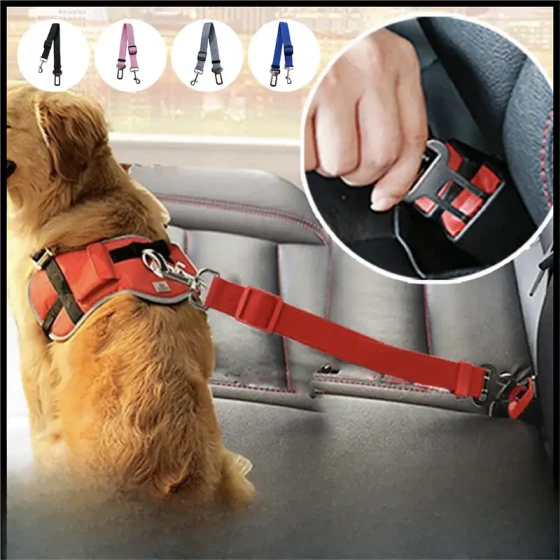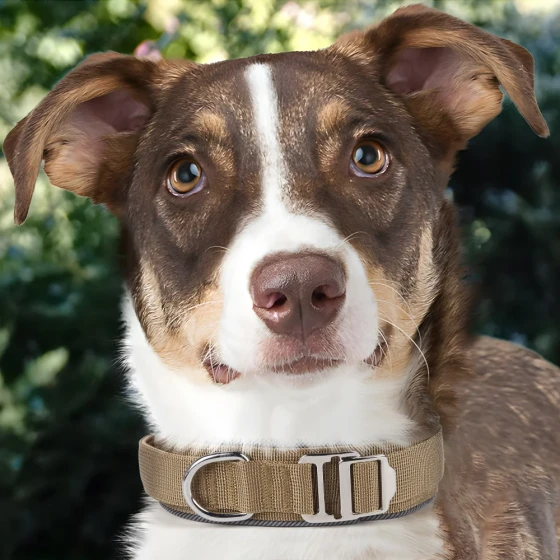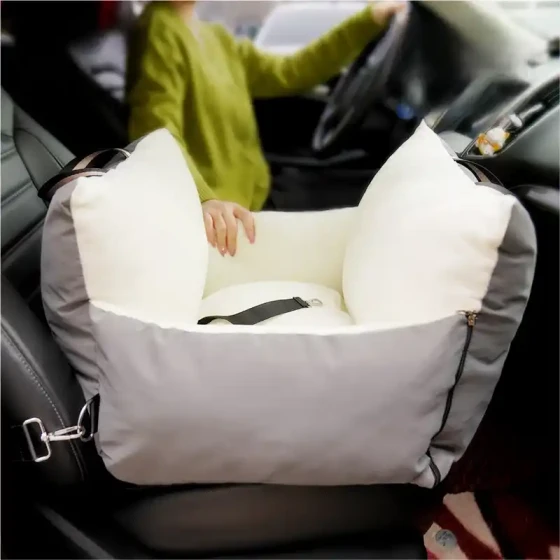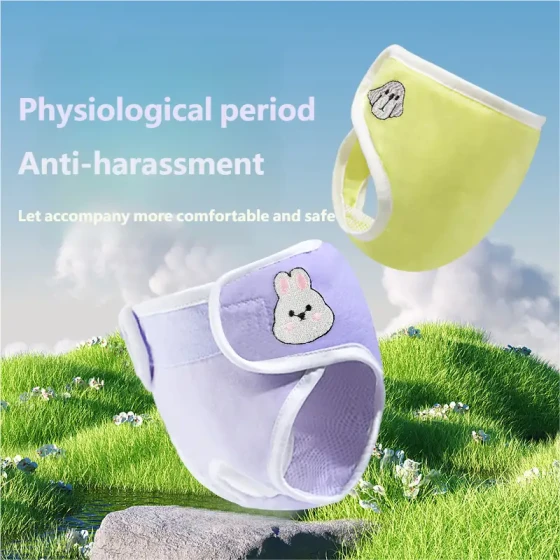What Vaccines Are Needed for Breeding Pet Dogs?
Pet dogs need to receive a hexavalent vaccine (or tetravalent, depending on the manufacturer) and a rabies vaccine every year.
Imported vaccines mainly include the hexavalent vaccine and the rabies vaccine. They mainly prevent distemper, parvovirus, leptospirosis, infectious hepatitis, bronchitis, parainfluenza, rabies, and more.
Based on years of small animal clinical observations, in terms of the protection after vaccination, imported six-in-one vaccines are clinically more effective than domestic five-in-one vaccines.
Domestic five-in-one vaccines protect against canine parvovirus disease as effectively as imported products, but the resistance to canine distemper virus is better with the imported six-in-one vaccine.
Personally, I recommend using imported vaccines such as Intervet, Fort Dodge, Pfizer, and Merial. It’s best to get vaccinated at a regular pet hospital. There are many counterfeit Intervet products on the market that are difficult to distinguish, so going to a reputable hospital is more reliable. Although it's slightly more expensive, it’s reassuring, and treating illness later can cost even more.
I haven’t used Intervet on my dogs for several years now. Last month my dog received Pfizer, and last year Merial—both have been pretty good.
Vaccination schedule:
Puppies 7-8 weeks old: first hexavalent vaccine injection
Puppies 11-12 weeks old: second hexavalent vaccine injection
Puppies 14-15 weeks old: third hexavalent vaccine injection and rabies vaccine injection
Puppies start deworming at 20 days old, then monthly until 1 year old.
Adults deworm quarterly.
1. Don’t bathe the dog within one week before or after vaccination
2. Before completing the full vaccination set, do not let the dog go outside to contact other dogs
3. After that, vaccinate your dog one month in advance each year (starting the second year, only two injections per year are needed, one hexavalent or tetravalent vaccine and one rabies vaccine).
Precautions before vaccinating puppies
Puppies that have reached the vaccination age must have a physical exam before vaccination because only healthy puppies can receive vaccines.
Being healthy means no disease symptoms; the puppy’s nose should be moist and cool, body temperature, breathing, and heart functions normal. Clinically, there should be no fever, cough, sneezing, vomiting, diarrhea, purulent urine or stool, dry nose, or thick footpads; otherwise, the puppy may be in the incubation period of an infectious disease, and vaccination might trigger illness.
Puppies’ temperatures can slightly rise due to nervousness in new environments like traveling by car (especially in summer) or visiting a complex-smelling veterinary hospital.
Generally, puppies’ body temperature is about 38.5°C. Before going to the animal hospital for vaccination, measure your puppy’s temperature at home by placing a thermometer inside the thigh for 5 minutes to get the true temperature. This prevents the vet from refusing vaccination if the temperature exceeds 39.0°C after traveling to the clinic.
3) Reaction of dogs after vaccination
Usually, dogs show no significant physical changes after vaccination; some may show temporary lethargy or reduced appetite the day after but recover quickly.
If the dog develops a rash or weakness within 10–20 minutes after the vaccine, it indicates an allergic reaction requiring immediate veterinary rescue.
Imported dog hexavalent vaccines rarely cause adverse reactions clinically. For safety, owners should observe puppies at the animal hospital for 10 minutes after vaccination before leaving if no abnormalities appear.
A reminder for dog owners: when vaccinating puppies at a clinic, don’t put the puppy on the floor. It’s best for the owner to hold the puppy or place it on a disinfected examining table for the physical exam to prevent contact infection.
If a dog develops an infectious disease about 7 days after vaccination, the puppy may have been in the incubation period at vaccination or contracted the disease afterward, and should receive immediate treatment.
Do not bathe puppies within one week after vaccination to avoid triggering respiratory illnesses and vaccine failure.
If you are satisfied with my reply, please give a positive rating, thank you.
* Puppies 30 days old: nasal vaccination for kennel cough
* Puppies 7-8 weeks old: first hexavalent vaccine injection
* Puppies 11-12 weeks old: second hexavalent vaccine injection
* Puppies 14-15 weeks old: third hexavalent vaccine injection and rabies vaccine injection
After this immunization program, your dog only needs one hexavalent and one rabies vaccine yearly to say goodbye to serious infectious diseases forever.





